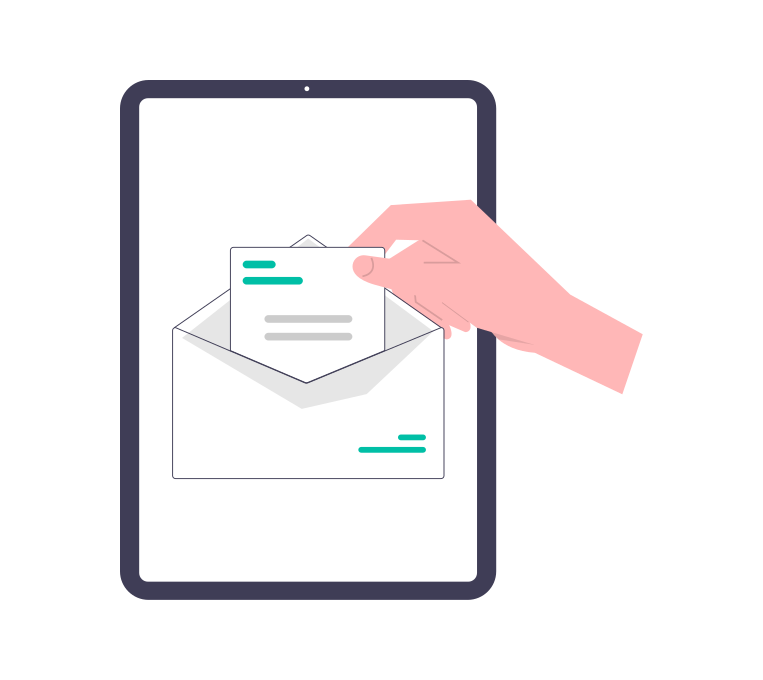Running a hackathon is a valuable event for your organization, it is your way to attract the brightest talent, develop innovative prototypes, and boost your brand among developers community.
Planning a hackathon has its own specifics, and it surely involves a lot of admin work and requires different specialties, it also has a cross-functional nature. A checklist is a simple yet effective technique to close all the gaps in organizing a hackathon and ensure smooth operations.
Before diving into the hackathon planning checklist, answering some prerequisite questions would help customize and make your checklist more effective.
- What is the goal of the hackathon?
- How will you measure its success?
- What is the problem statement, and what are the key communication messages?
- Who is your target audience?
Let’s move to the checklist items that any hackathon organizer would need to follow.
How To Plan A Hackathon In Eight Steps?
- Define The Hackathon Concept.
- Partners And Sponsors.
- Build The Hackathon Website.
- Hackathon Management Platform Setup.
- Build The Hackathon Application Forms.
- Outreach And Marketing.
- Build Evaluation And Judging Forms.
- Draft Email Messages And Automated Notifications.
Let's dive into these main items in a hackathon planning checklist.
1. Hackathon Concept
- Define background and objectives
- Hackathon Problem statement Tracks, if applicable
- Benefits and prizes
- Branding [name, logo, and mastervisual]
2. Partners and Mentors
- Technical Partners. They should be able to provide valuable tech mentors, judges. In some cases, they choose to sponsor some of the winning prototypes.
- Media Partners. They help with marketing and PR.
- Community partners. Partners that have communities relevant to your hackathon. They should be able to support with business or subject-matter mentors, judges, as well as community moderators.
- Outreach Partners. The key to your potential participants, they do have relevant communities that would be interested to take part in the hackathon. Think universities, technology institutes, developers online communities,..etc.
3. Hackathon Website

The hackathon website should essentially be informative to participants, yet attractive and appealing to potential partners. The main building blocks of your website should be as follows:
- Hackathon headline and call to action.
- Different track to apply
- Eligibility Criteria
- Judging Criteria
- Hackathon Timeline
- Prizes
- FAQs
- Terms and Conditions
4. Hackathon Management Platform Setup
When selecting a hackathon management platform, some features are considered a must-have for efficient hackathon management. Verify the below:
- Easy Applicants experience.
- Smooth Judges’ experience.
- Higher Automation for admin work.
- Automated communication with applicants.
5. Hackathon Entry Application Form
Customize your entry application form based on pre-defined minimal entry requirements and evaluation criteria. Here are some basic and standard questions:
- Basic information about applicant/team
- The technology stack they will be using Their proposed solution
- Areas of mentorship/improvement.
- You can also require information related to the business side of their product such as pitch, business model, similar product, ...etc.
6. Outreach And Marketing
- Digital presence: hackathon hashtag, visual templates, communication messages and announcements.
- Social media posts for partners highlights, judges highlights, eligibility,...etc.
- Ad Campaigns.
- Media kit for partners
- Press release post and distribution.
7. Build Evaluation and Judging Forms
8. Draft Email Messages And Automated Notifications
- Welcome email upon signup.
- Start application reminder.
- Finish/submit your application reminder.
- Application receipt confirmation message.
- Qualified and disqualified emails.
- Winners email.

However, preparing ahead of the launch date, finishing as many items as you can from this checklist would save you a lot of time. During the hackathon, you might need more time to deal with unplanned issues that may arise. You would also need space to focus on things that matter to making your hackathon a success, such as mentoring your participants and ensure high-quality prototypes and best solutions to your problem statement.
